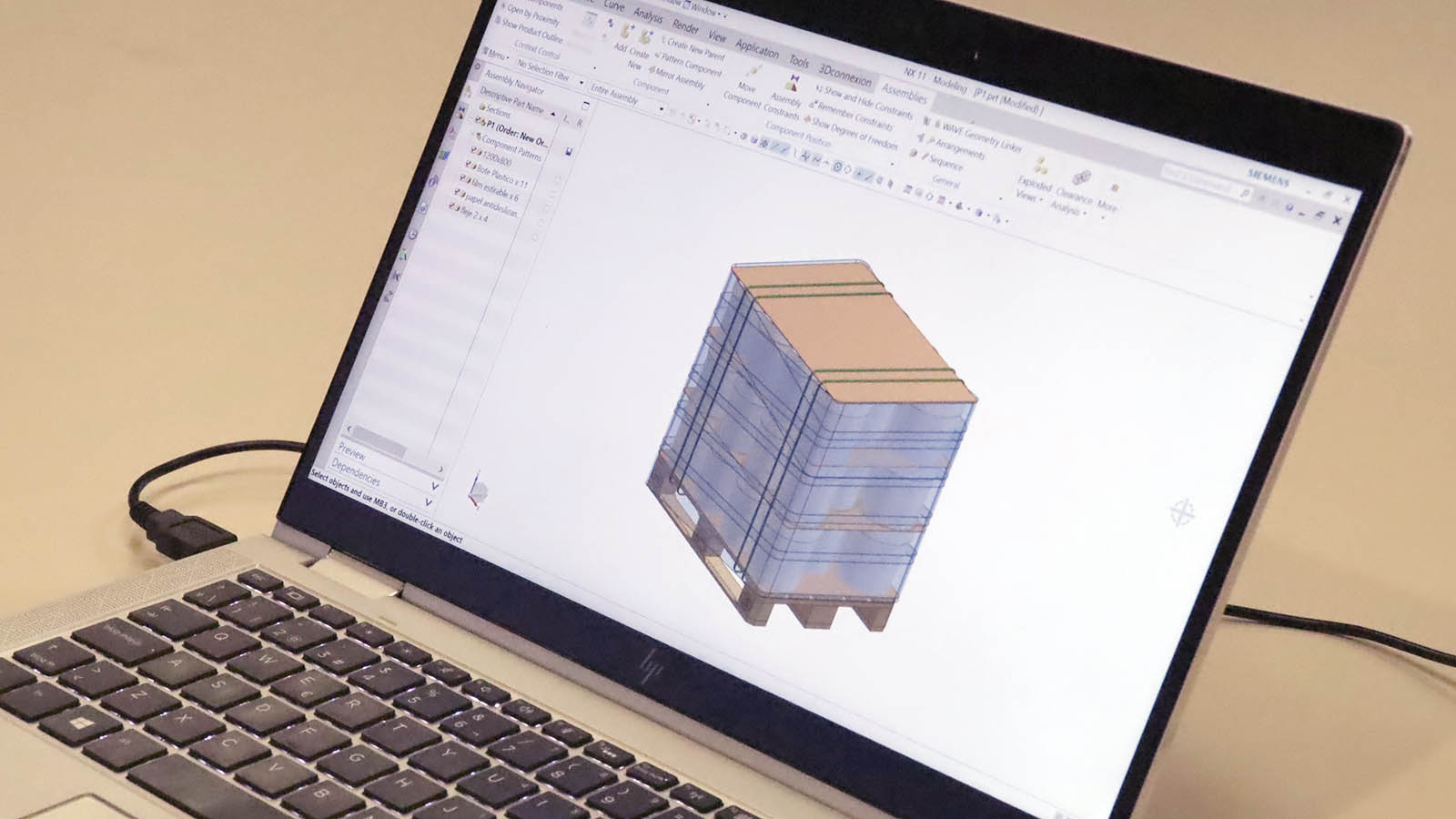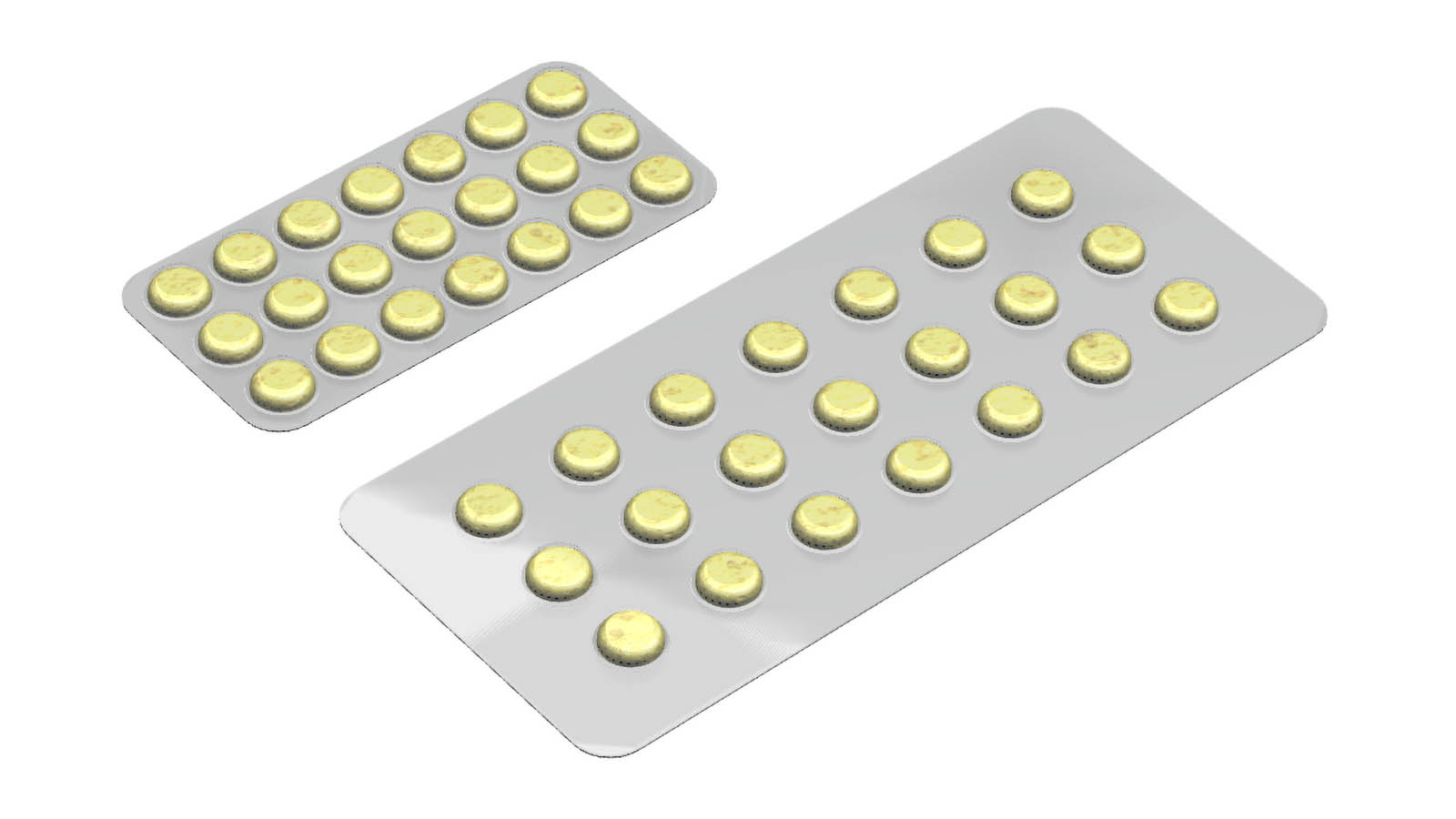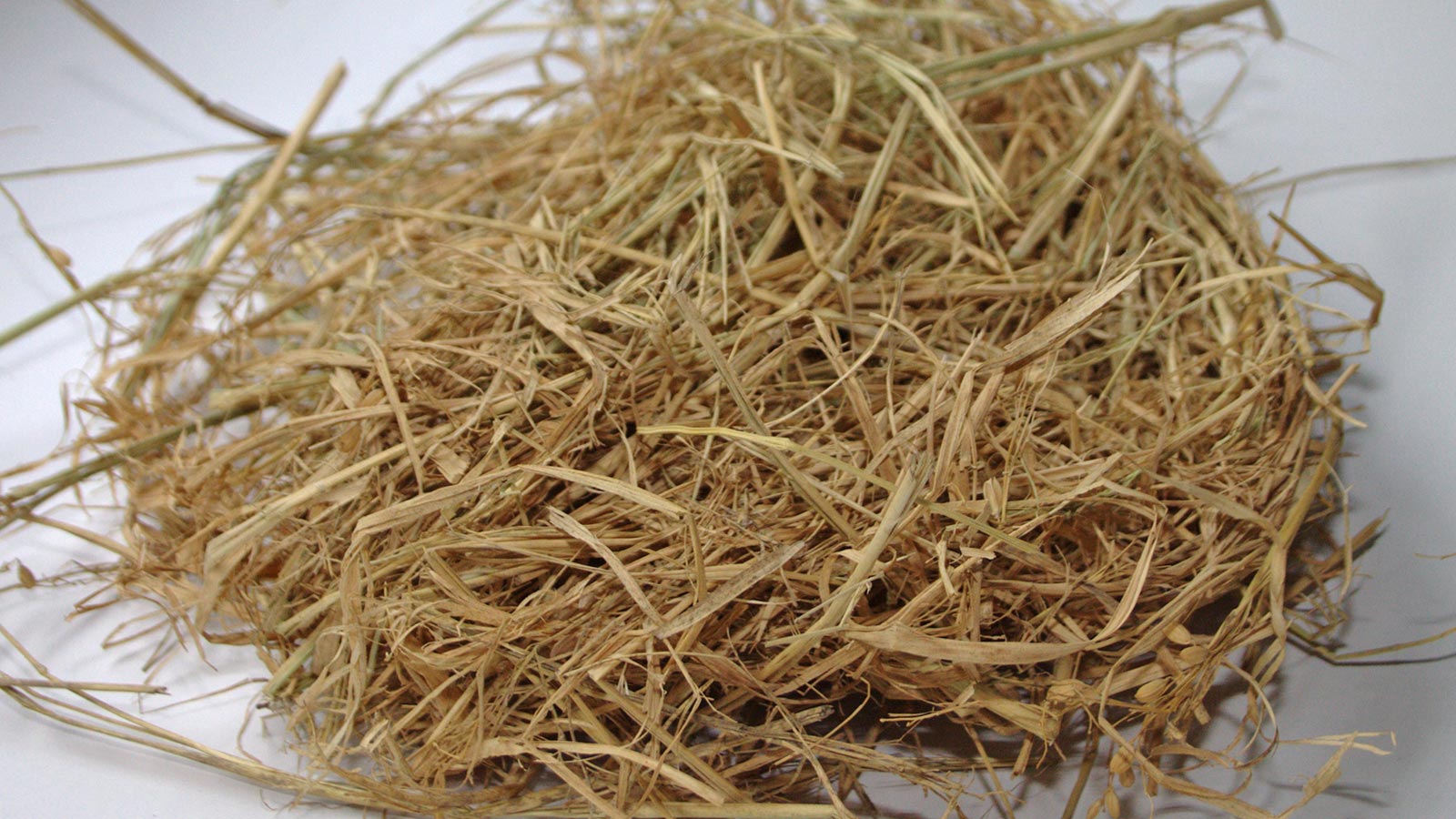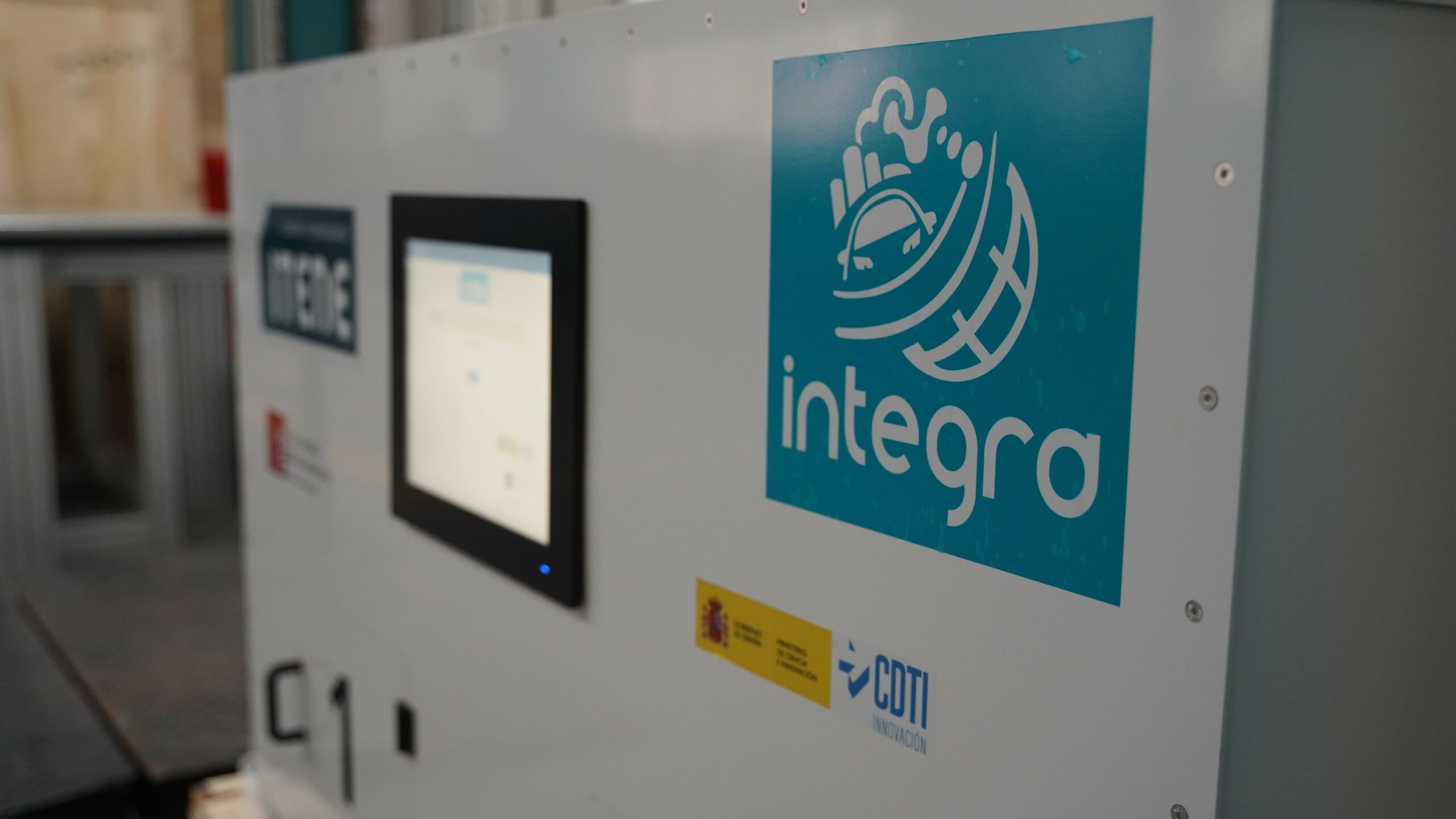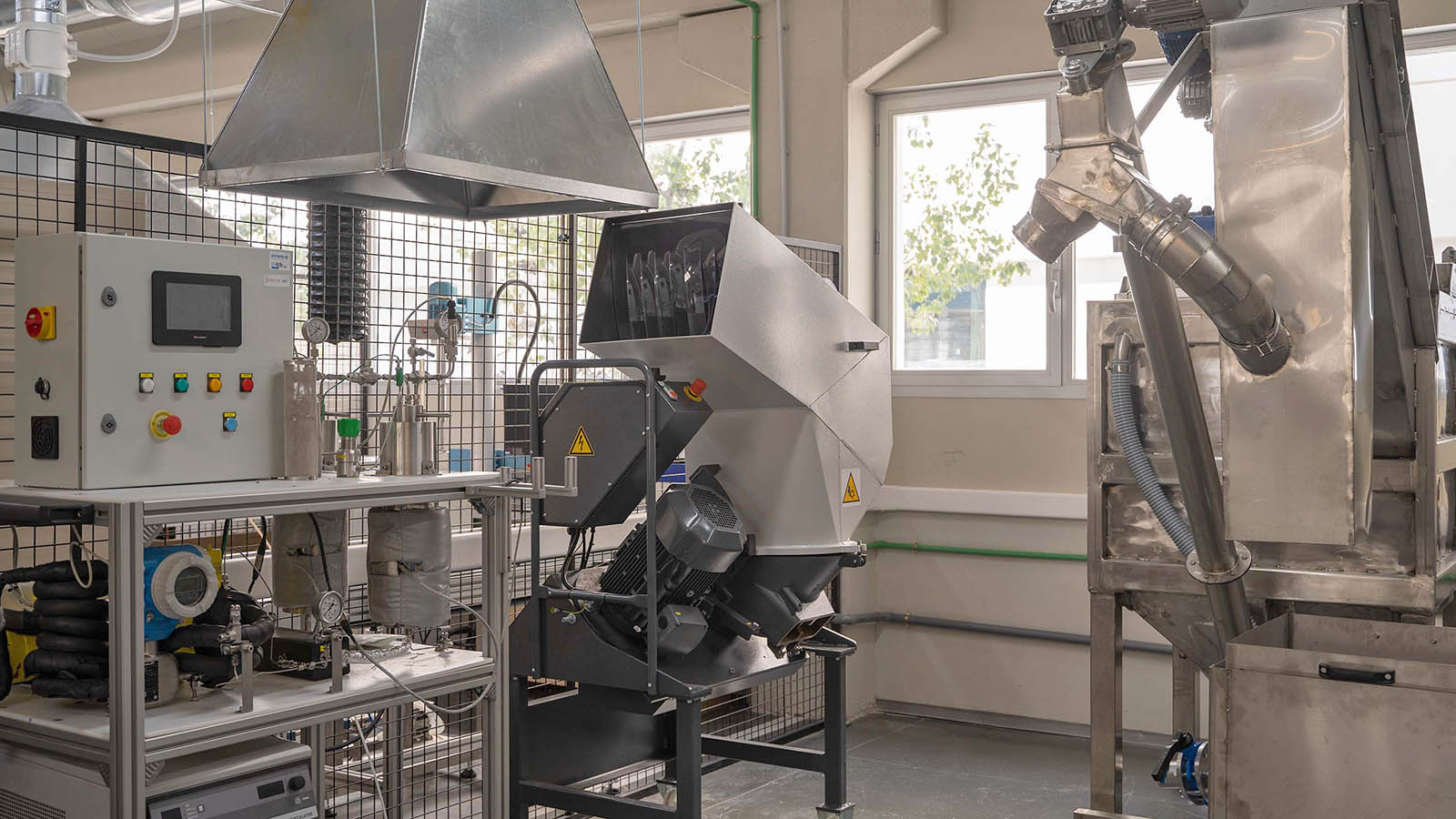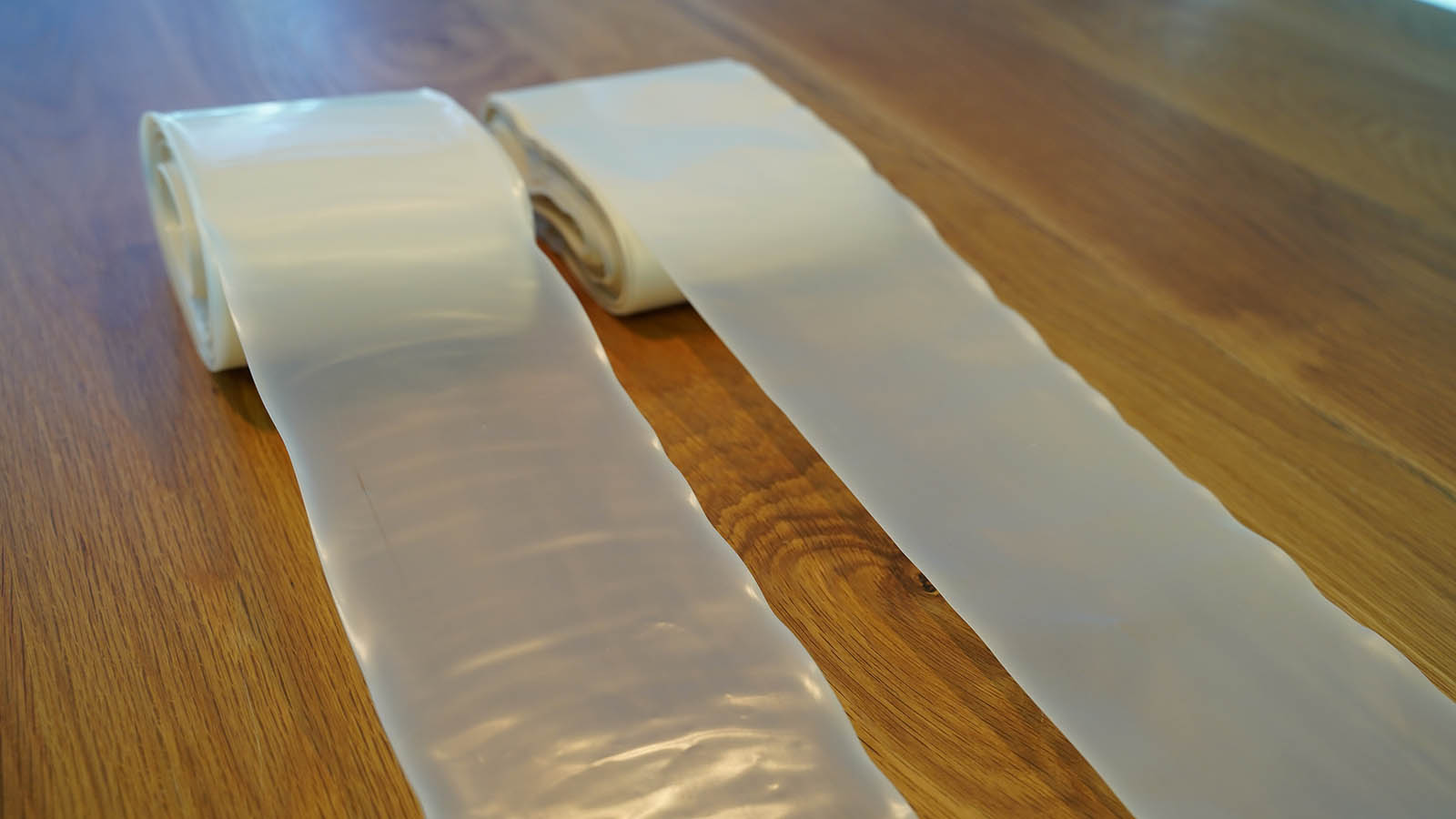Packaging ecodesign, selection and optimisation
The use of optimal packaging systems enables manufacturers to ensure the integrity of their products throughout the supply chain.
At ITENE we analyse the specific circumstances of each product and draw up a diagnosis that includes aspects such as product protection requirements, packaging automation and distribution risks. We then propose packaging systems that will reduce transport incidents and consequently optimise the carrier’s cargo space and the amount of packaging material used.
How can we help you to build the best packaging system for your product?
ITENE helps companies with packaging ecodesign, selection and optimisation by implementing a series of measures:
-
Taking consumer perceptions and stakeholders’ needs into account, we update packaging designs to dovetail with current market needs. We also run a finite element analysis, a widely used tool for obtaining efficient designs that protect against certain distribution risks.
-
We can help you to implement ecodesign with measures to reduce the environmental impact of the packaging life cycle from the conceptual engineering and development phase until end-of-life. We perform the following tasks:
- Design of optimised, sustainable packaging systems that reduce costs and environmental impacts while protecting the product.
- Weight and/or volume reduction to optimise the packaging interspace ratio in order to minimise overpackaging.
- Component simplification: elimination of unnecessary packaging and standardisation of packaging SKUs.
- Introduction of alternative materials with lower environmental impacts and/or greater potential for recycling or reuse.
- Analysis of the technical, environmental and economic specifications of new sustainable packaging solutions.
- Optimisation of palletised load space through a dimensional analysis of the packaging (efficient palletising mosaics).
ITENE, expert in ecodesign
- ITENE, as a research centre specialising in sustainability, has extensive experience in ecodesign and has contributed its expertise in numerous innovation projects including the drafting of the Guía de Ecodiseño de Envases y Embalajes, (Guide to Packaging Ecodesign) published in 2009 by the Public Environmental Management Corporation of the Government of the Basque Country (Ihobe) and Ecoembes and subsequently updated in 2017.
This guide establishes an ecodesign procedure in seven simple steps (start, know, assess, devise, solve, specify and verify) and also sets out the actions to be performed to carry out an ecodesign project.
-
We identify and quantify transport risks to circumvent or resolve issues that affect packaging, and we consider transport as a key variable in packaging design and redesign.
In the process of developing new solutions, readily available packaging is studied to ensure that the finally selected proposals can be implemented in the company in the short to medium term. Finally, we validate the efficiency of the new packaging using:
- Physical-mechanical characterisation tests with which we assess the compression/stacking strength of the material by means of the box compression test (BCT), the key to estimating the safety factor of the packaging and determining its viability during the distribution process.
- Transport simulation tests are conducted under strict international standards such as ASTM and ISTA protocols, or with the severity calculated during transport using the data recorders developed by ITENE, measuring linear accelerations, angular velocities and shocks
Follow this link to learn how we monitor risks during distribution.
-
We can help you to define and design optimised packaging for your pallets and the cargo space in the transport vehicle to ensure that the palletised loads remain safe throughout the delivery cycle.
We can also identify and assess the risks (impacts, shocks, acceleration, temperature and humidity) involved in the delivery cycle by using the data recorders developed by ITENE to simulate the conditions to which the load is subjected during transport.
ITENE works on the definition, optimisation and validation of packaging systems that enhance the efficiency of the logistics process and reduce product losses by:
- Route monitoring by installing the data recorder in the transport vehicle in order to log linear accelerations, angular velocities and shocks.
- Validation by simulating transport risks by reproducing the information obtained on the routes using the data recorder.
-
We assess the degree of compliance with the guidelines laid down by Royal Decree 563/2017 and the associated UNE EN 12195-1: 2010 and EUMOS 40509:2012 standards about packaging and stowage of loads in road and maritime transport. We take the following steps to do so:
- Audit of the current situation and detection of critical points.
- Standardisation and definition of the packaging system components.
- Calculation of securing forces in accordance with UNE EN–12195-1:2011.
- Drawing up packing and stowage sheets.
- We also conduct the acceleration test in accordance with the EUMOS 40509:2012 standard to certify whether or not the loads and their packaging system are capable of withstanding acceleration levels in excess of those specified in Royal Decree 563/2017.
-
We work to standardise SKU dimensions and quality specifications to minimise the number of packaging SKUs according to product and distribution requirements.
To do so, we take the following steps:
- Audit of the current situation and definition of packaging requirements to be standardised depending on the product and its associated logistics.
- Drafting of a standardised packaging technical specifications proposal.
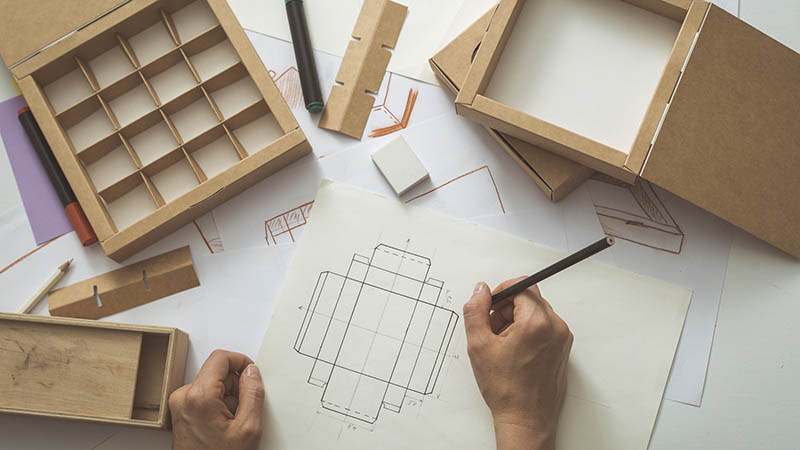
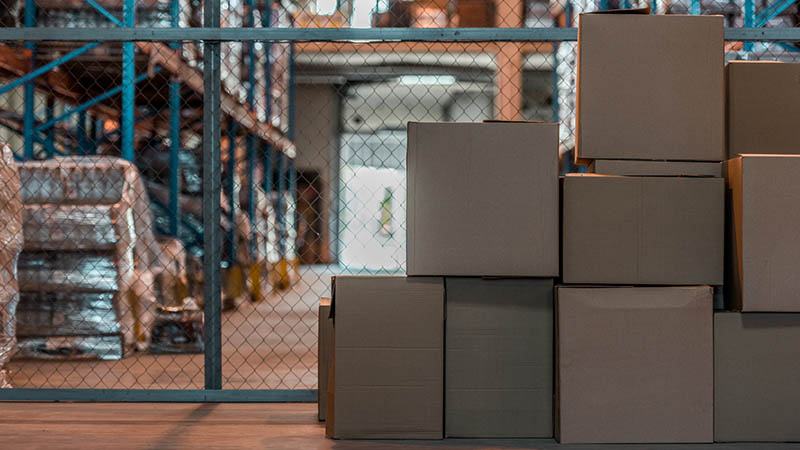
Advantages of applying ecodesign and packaging optimisation
- Environmental: it contributes to reduce the environmental impact of packaging, enhances its recyclability and reduces the use of raw materials.
- Economic: enables cost savings by reducing energy expenditure and consumption of raw materials.
- Regulatory: it fosters compliance with new legislation on packaging and the circular economy in terms of reduction, reuse and recycling.
- Technical: the packaging can be adapted to the specific product needs, especially manufacturing, packaging, transport, marketing, consumption and end-of-life.
- Innovation and communication-related: introduces packaging innovations, differentiates your company’s products from the competition and enhances your brand image.
-
How can I help you?
Patricia Navarro
Head of Packaging Systems and Distribution of Goods Unit

